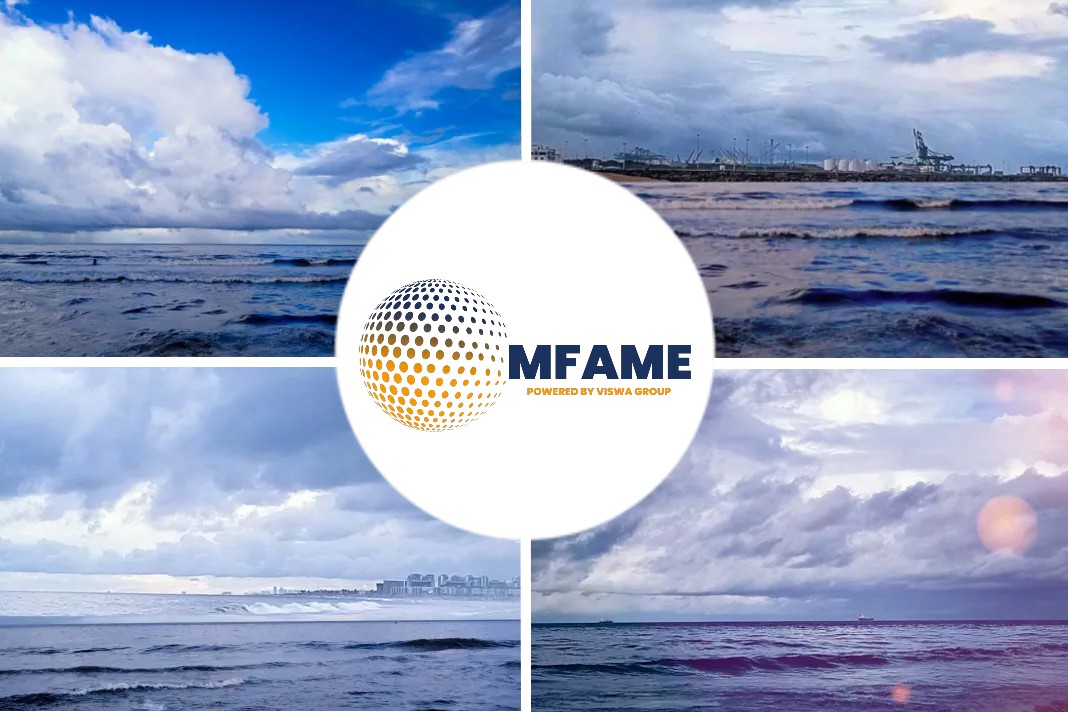As a strong dollar makes U.S. commodities more expensive globally, American farmers are finding it tougher to compete in export markets. Now some worry that a recent restructuring of the ocean shipping industry will make it more difficult and costly just to deliver U.S. commodities abroad.
Since last year, 11 large container shipping companies, including Denmark’s Maersk Line and Germany’s Hapag-Lloyd , have entered three new cooperative operating arrangements, or alliances, affecting 90% of shipments on global trade routes. The pacts aim to cut costs and reduce overcapacity, and commodity producers expect they will result in fewer and larger vessels calling on a smaller number of U.S. ports.
That is a big concern to farmers who ship certain products—such as hay, cotton, lumber, almonds and frozen beef—in steel containers. U.S. freight rates so far haven’t risen much, but they will before long, because of lessened competition, says Robert Sinner, a North Dakota soybean grower and exporter. “The bottom line is, we’re going to have fewer choices” in making export shipments, he says.
Container firms say the changes will benefit customers. “In general, our view is that alliances enable container shipping lines to optimize networks and benefit from economies of scale,” says Michael Storgaard, a spokesman for A.P. Moeller-Maersk A/S. “This potentially allows the individual partners to market more competitive and attractive services: more ports and direct services, better coverage and higher frequency.”
Historically, federal law has given ocean carriers broader latitude than many industries, allowing them to cooperate in such things as reducing capacity, altering routes and even discussing freight rates, says Peter Friedmann, executive director of the Agriculture Transportation Coalition, a Washington, D.C., lobbying and trade group for farm interests.
But some in the government appear now to have a different view. Last November, in a letter to the Federal Maritime Commission, a senior Justice Department official cited concerns about “a significant increase in concentration in the industry” resulting from the new alliances. The department recently subpoenaed senior shipping-company executives, but has declined to comment on the investigation.
Port calls have been falling since before the new alliances formed, though. Sailings to U.S. ports from Asia recently were running at a weekly rate of 57, down from 65 four years ago, according to Alphaliner, which tracks such activity. However, with larger vessels coming into use, overall capacity has risen 4% to the U.S. West Coast and 22% to the East Coast in that same period, the data show.
“There is no evidence to suggest that there is any shortage of vessel capacity to cater to U.S. agricultural exports,” and the drop in the frequency of service hasn’t severely limited choices for shippers, says H.J. Tan, a consultant with Alphaliner.
Overall capacity isn’t the biggest worry for farmers, as the dollar’s strength continues to weigh on export sales of agricultural goods. It is more a matter of coping with logistical and economic mismatches, some say.
Container lines have a disincentive to serve farmers, because freight rates, which are based on cargo value, are typically much higher for imports of manufactured goods than for exported farm products, says Walter Kemmsies, a transportation and ports specialist at commercial real-estate firm Jones Lang LaSalle. Thus, shipping companies prefer to route vessels to ports near major consumer markets. That leaves fewer ships and fewer containers within reach of more sparsely populated areas where commodities are produced.
That disparity may grow worse as companies adopt larger and larger ships. Of the 30 biggest U.S. ports, fewer than a third currently have harbor channels deep enough to accommodate the biggest new vessels.
The shift to larger vessels has put a lot of stress on ports, says Emma Griffith, an analyst at Fitch Ratings. “Instead of having three ships handle a certain amount of cargo, you might have one. The infrastructure isn’t in place for handling one huge ship, and there is a cascading effect from backups in getting the ship unloaded and getting new cargo on board.”
At the ports of Seattle and Tacoma, Wash., which handle such goods as hay, frozen potato products, lumber and fruit, two terminals are being revamped to accommodate more of the largest vessels. The ports also expect to spend more than $13 billion to improve rail and truck access.
From Casselton, N.D., Mr. Sinner’s family business, Sinner Bros. & Bresnahan, sends food-grade soybeans to 15 countries, where they are processed into products such as tofu and soy milk. Using containers offers better assurance of food safety and makes it easier to trace shipments, which Mr. Sinner says are important issues to customers in Japan and Southeast Asia.
But getting empty containers can be a hassle, Mr. Sinner says. In the Upper Midwest, many container vessels end up in Chicago. Farmers must arrange, at additional cost, to have containers delivered to locations where they can be loaded.
Mr. Sinner says the advent of the new alliances has caused some disruptions. In April, a scheduled shipment for some 15 containers of soybeans from his farm was abruptly delayed by two weeks. That angered customers in Asia, where high temperatures and humidity make it impractical to store soybeans used in food processing and have spurred demand for “just-in-time” deliveries.
“Hiccups like this create a lot of anxiety and frustration for everyone,” Mr. Sinner says.
Did you subscribe for our daily newsletter?
It’s Free! Click here to Subscribe!
Source: Wall Street Journal























